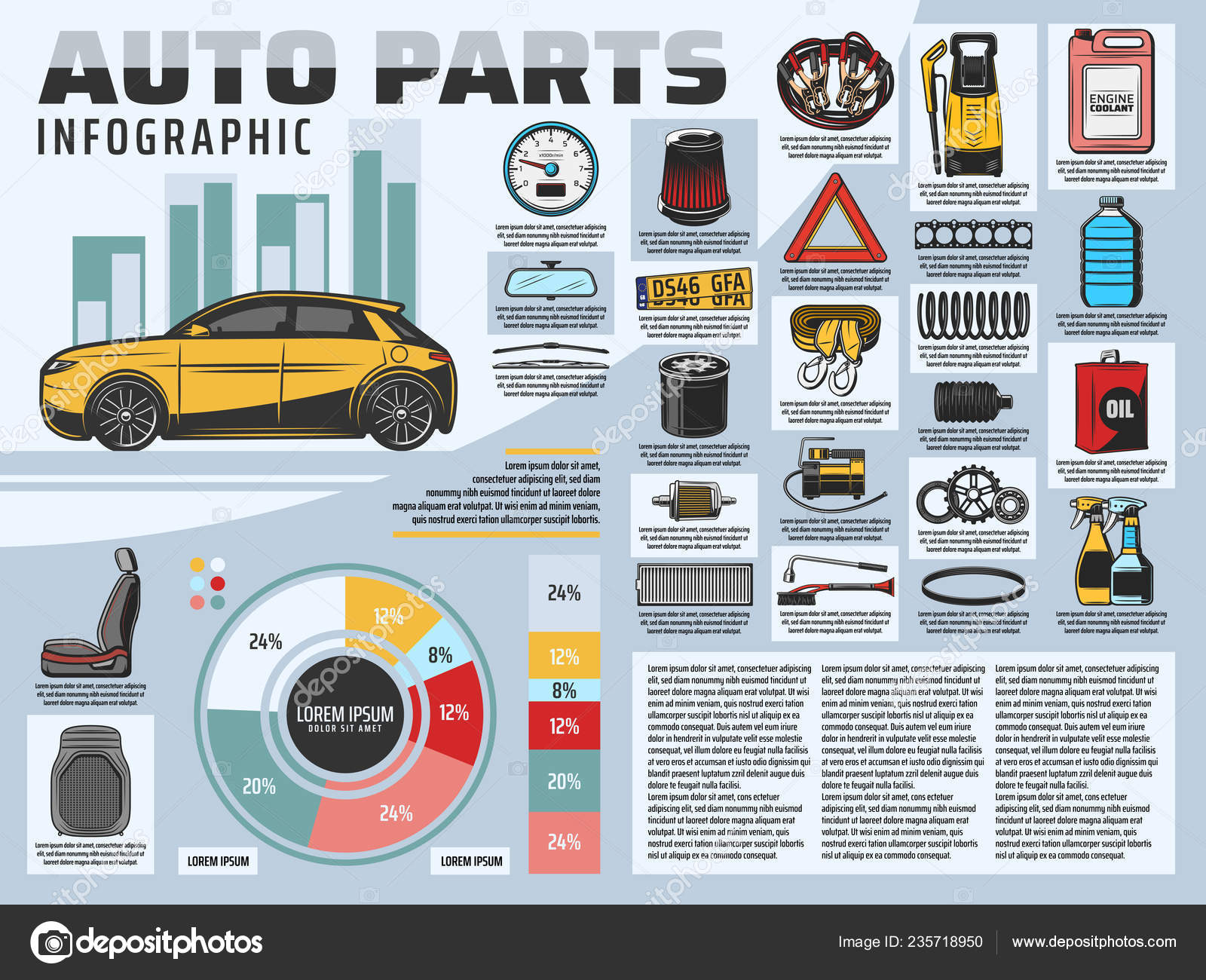Eager To Recognize What The Control Panel Warning Lights In Your Car Indicate? Explore Their Definitions For The Health And Safety Of Your Vehicle
Eager To Recognize What The Control Panel Warning Lights In Your Car Indicate? Explore Their Definitions For The Health And Safety Of Your Vehicle
Blog Article
Staff Writer-Vinson Winters
When you're behind the wheel, those glowing caution lights on your dashboard can be a bit puzzling. Do you recognize what they're attempting to inform you regarding your auto's wellness? Recognizing the importance of these lights is crucial for your safety and security and the long life of your automobile. So, the following time among those lights pops up, wouldn't you wish to understand its message precisely and take the essential steps to resolve it?
Common Warning Lighting and Interpretations
Identify common caution lights in your auto and understand their significances to make certain secure driving.
One of the most normal caution lights consist of the check engine light, which signifies problems with the engine or emissions system. If this light comes on, it's crucial to have your automobile checked immediately.
The oil stress warning light indicates low oil stress, calling for instant attention to stop engine damages.
A blinking battery light could suggest a defective charging system, potentially leaving you stranded if not resolved.
The tire stress monitoring system (TPMS) light signals you to low tire pressure, influencing automobile security and fuel effectiveness. Disregarding this might cause unsafe driving conditions.
The abdominal muscle light shows an issue with the anti-lock braking system, jeopardizing your capacity to quit quickly in emergencies.
Finally, the coolant temperature level cautioning light warns of engine overheating, which can lead to severe damages if not fixed swiftly.
Recognizing these common warning lights will help you address issues promptly and keep safe driving conditions.
Relevance of Prompt Focus
Understanding the typical caution lights in your car is just the very first step; the importance of promptly addressing these warnings can't be stressed enough to ensure your safety and security on the road.
When a warning light illuminates on your dashboard, it's your car's means of communicating a possible problem that needs attention. Ignoring these cautions can bring about more serious troubles down the road, jeopardizing your safety and security and potentially costing you much more in repairs.
Trigger interest to cautioning lights can prevent break downs and crashes. For example, a blinking check engine light might show a misfire that, if left neglected, can create damage to the catalytic converter. Resolving https://andyoidzs.jaiblogs.com/58222239/leading-ten-methods-for-selecting-the-most-effective-neighborhood-vehicle-repair-shop-for-your-demands can conserve you from a pricey repair work.
In a similar way, a brake system cautioning light might signify reduced brake fluid or worn brake pads, vital components for your safety when driving.
Do It Yourself Troubleshooting Tips
If you see a warning light on your dashboard, there are a few DIY troubleshooting suggestions you can attempt prior to seeking specialist assistance.
The very first step is to consult your vehicle's guidebook to comprehend what the certain warning light suggests. Sometimes the issue can be as easy as a loose gas cap causing the check engine light. Tightening the gas cap might settle the problem.
One more common problem is a reduced battery, which can activate different alerting lights. Examining the battery links for corrosion and ensuring they're secure might fix the issue.
If a caution light lingers, you can try resetting it by separating the car's battery for a few mins and afterwards reconnecting it. Furthermore, checking carwasheasttamaki , such as oil, coolant, and brake liquid, can assist repair advising lights related to these systems.
Final thought
Finally, recognizing your vehicle's warning lights is necessary for maintaining your lorry running smoothly and securely. By promptly attending to these notifies and recognizing what they suggest, you can avoid pricey repair services and possible break downs.
Keep in mind to consult your automobile's manual for specific information on each cautioning light and take action as necessary to guarantee a trouble-free driving experience.
Remain educated, remain safe when traveling!
